There are several parasites that can live on human skin. Although such worms were first found in India, they have now been found in other latitudes. Parasites under the skin cause a lot of discomfort and require treatment. They are not as dangerous as worms in other organs, but can cause serious complications with a long course of the disease. In our article we will list all types of subcutaneous parasites, the symptoms of the diseases they provoke.
Types of subcutaneous parasites and methods of infection
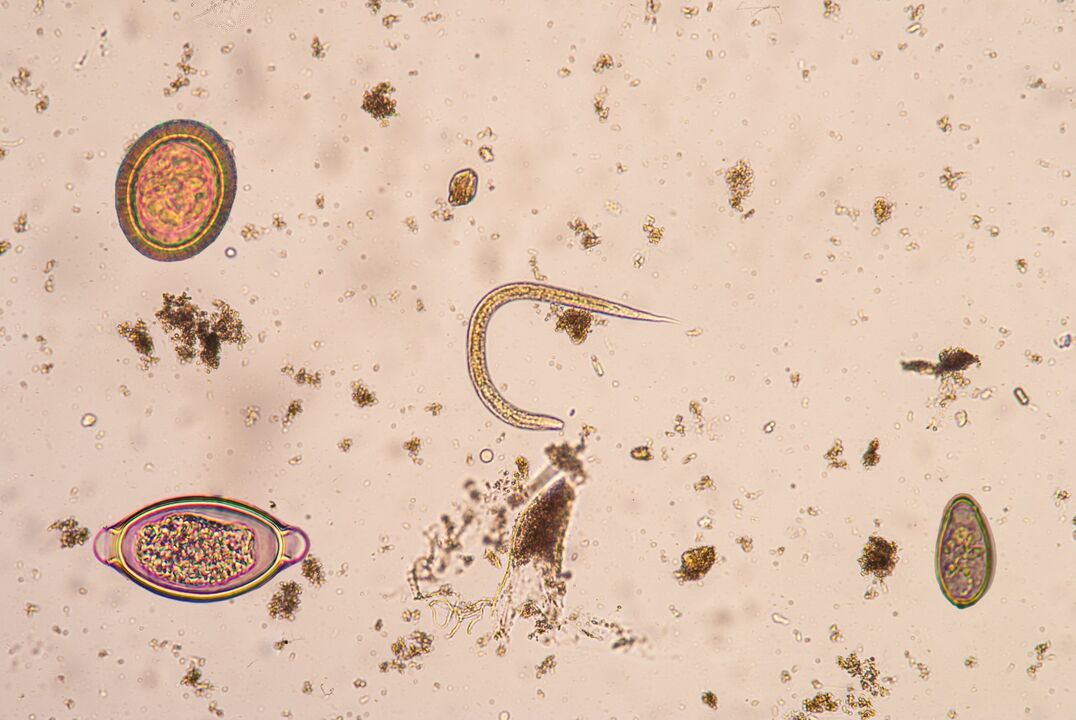
If you want to know who crawls under the skin, the following subcutaneous parasites are found in humans:
- Dirofilariasis. This disease provokes the larval stage of the nematode. Infection occurs when a mosquito (lice, flea or tick) bites the carrier of the disease. A sexually mature individual reaches a length of 30 cm, and the larvae of this parasite are microscopic. It develops under the skin of a person within 3 months after infection. Domestic cats and dogs can also transmit the infection.
- If we list the parasites that live under the skin, we can not ignore the filariasis. Infection is caused by certain types of nematodes. This condition causes various diseases: onchocerciasis, dipetalonematosis, loiasis and mansonellosis. Carriers of worms and their intermediate hosts are insects (mosquitoes, midges, horse flies, etc. ). Human filariasis is transmitted by larvae, resulting in the appearance of worms on the skin.
- Another skin parasite in humans is the larvae of cysticercus. They provoke cysticercosis. Invasion occurs through the intestines, where worms penetrate with dirty hands, water or food. Cysticercus is an oval vesicle containing the scolex of the parasite. Subcutaneous worms can range from round to fusiform. Man acts as an intermediate master.
- Schistosomiasis is a disease caused by worms in a person among trematodes. These are dark worms up to 2 cm long. The larvae of this aquatic parasite are cercariae. They can penetrate directly into the human body through the skin. The infection can live in any organ, including the skin.
- Rishta is another worm under the skin. These white worms cause dracunculiasis and are classified as large nematodes. Their intermediate owners are aquatic copepods. The parasite first enters the human stomach and then penetrates the skin through the retroperitoneal cavity. The length of males reaches 10 cm, and females up to 120 cm.
Symptoms of dirofilariasis
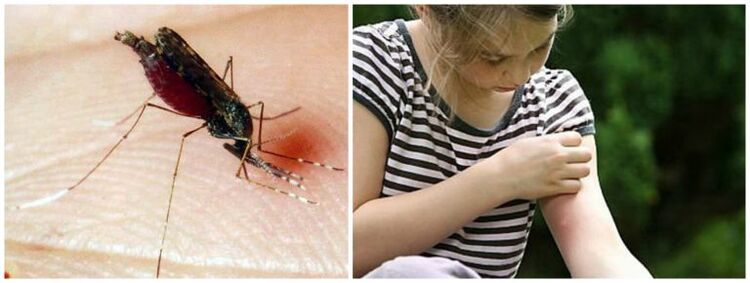
The larvae of this parasite circulate in the bloodstream and can spread throughout the body and be located in the eyes, pulmonary arteries, heart, serous cavities, peripheral adipose tissue of the kidneys and under the skin. If a species called Dirofilaria repens is invaded by a worm, the conjunctiva or subcutaneous fat is affected.
The signs and symptoms of this disease are as follows:
- painful seals appear at the site of the insect bite;
- within a few days, one-third of patients have a seal displacement 20-30 cm from the bite site;
- a person may feel swelling, burning, and itching at the bite site;
- there is a feeling of crawling and sliding under the skin;
- periods of remission are accompanied by episodes of exacerbation;
- subcutaneous worm stimulates the appearance of abscesses and boils (inside them a worm lives in a connecting capsule);
- sometimes the abscesses open on their own and white parasites crawl out of the skin.
If the conjunctiva is damaged, the following symptoms are present:
- swelling, itching and watery eyes;
- feeling of a foreign body in the eye or eyelid;
- a person cannot fully open his eyelids;
- vision deteriorates;
- a worm may appear under the conjunctiva;
- a nodule appears under the skin of the eyelid;
- the person has a feeling of crawling under the skin or in the eyes;
- If the parasite enters the eye, diplopia and bulging of the eye appear.
It is important! Dirofilariasis is accompanied by neuroses, fears and insomnia. The patient also develops nervousness, headaches, general weakness and other symptoms.
Symptoms of filariasis
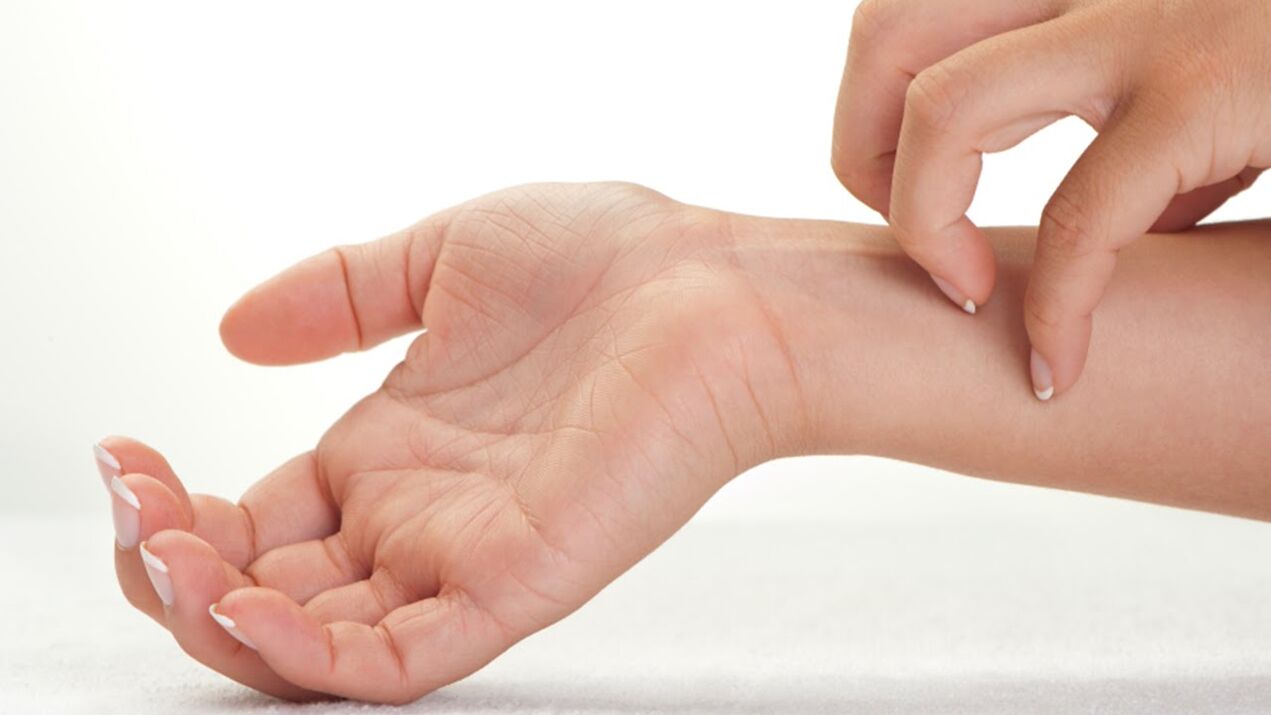
After the invasion, filariasis can develop over several years. Depending on the form of the disease, different symptoms and signs may develop. Common to these parasitic diseases will be the appearance of ulcers and skin rashes, damage to the eyes and lymph nodes, fever, and the development of scrotum and limb phylloxera, as these are muscle parasites.
Onchocerciasis
Parasites in human muscles with onchocerciasis manifest themselves with the following symptoms:
- itchy skin;
- fever condition;
- weakness;
- dryness and peeling of the skin;
- skin hyperpigmentation (genitals, legs, axillary and groin folds);
- papular rash;
- redness;
- papules can cause long-lasting ulcers;
- worms under the skin cause atrophy of hair follicles, sweat glands and epidermis;
- painful fibrous nodules form under the skin;
- Glaucoma, iridocyclitis, conjunctivitis, corneal cysts, keratitis and other eye diseases develop with eye damage.
Dipetalonematosis
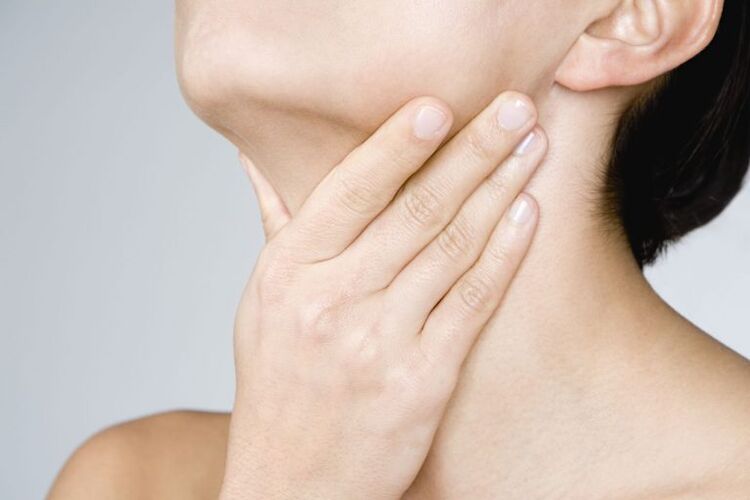
In humans, these subcutaneous worms provoke the following symptoms:
- enlarged lymph nodes;
- erythematosus or maculopapular rash;
- dizziness;
- temperature;
- swelling of the lower extremities, face and genitals;
- joint pain;
- pain in the heart;
- symptoms of meningoencephalitis.
Loiasis
Parasites living under human skin with loiasis contribute to the following clinical picture of the disease:
- rashes on the skin;
- fever condition;
- parasites in human muscles can provoke muscle abscess;
- pain in the limbs;
- swelling of the skin in limited areas, does not last long;
- if parasites enter the eye, blepharitis or conjunctivitis develops;
- Disorders of urinary excretion with localization of infection in the urethra.
It is important! In humans, these subcutaneous parasites can cause complications in the form of meningitis, heart failure, encephalitis.
Mansonelloz
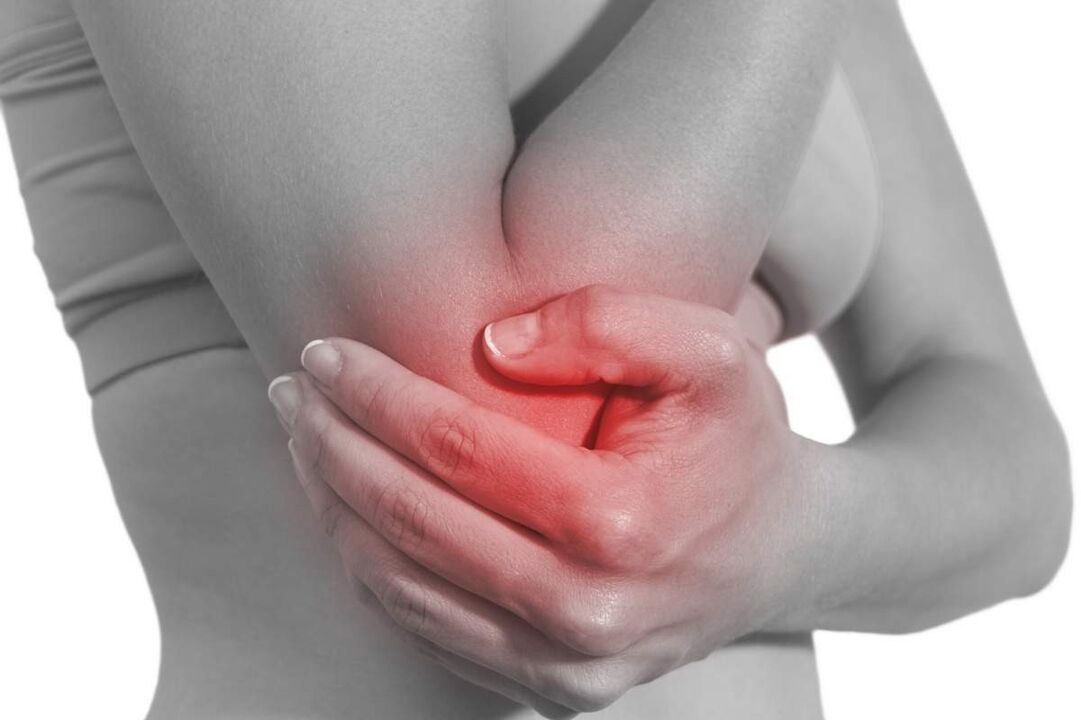
With this form of the disease, worms under the skin of a person can cause the following complex of symptoms:
- itchy rashes;
- joint pain;
- fever condition;
- swelling of the skin;
- testicle drop;
- limb alignment;
- increase in inguinal lymph nodes.
Symptoms of cysticercosis
These parasites on human skin can easily penetrate the digestive system with food, where the embryonic membrane melts and the larvae emerge. They enter the bloodstream and spread throughout the body. After settling in certain organs, the larvae turn into cysts and provoke the following symptoms:
- under the skin appear numerous or single, bottle-like, painless, oval-shaped formations (usually localized on the inside of the shoulders, upper chest and palms);
- in seals, you can feel the gap;
- over time, these seals grow;
- new formations appear;
- when conducting histology of education, a cysticercus may be found inside;
- hives;
- rarely the knots are juicy, but more often they do not change for many years and sometimes resolve themselves.
Symptoms of schistosomiasis
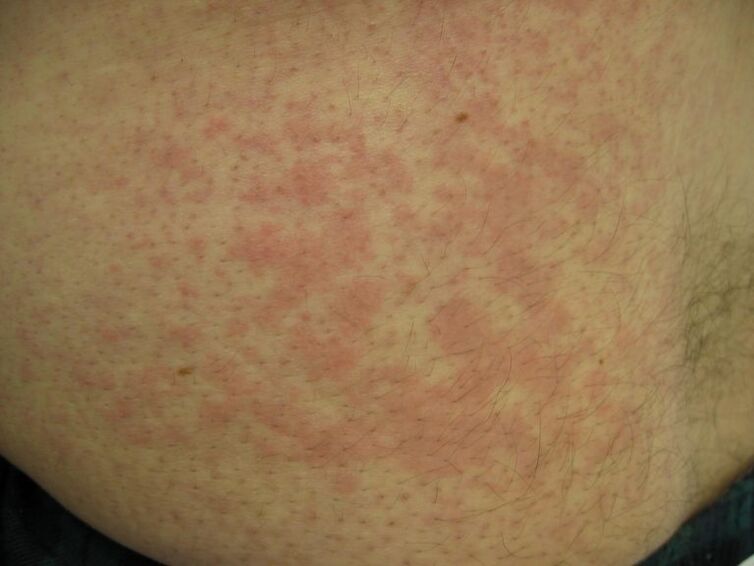
Schistosomiasis larvae can penetrate human skin directly from the aquatic environment. Within a few hours, they can enter the bloodstream. The following symptoms appear with skin invasion:
- hives;
- severe itching;
- spotty rashes appear every day.
Then comes a few weeks of silence. In the circulatory system, schistosomes reach the stage of sexual maturity and migrate to the vessels of the urogenital system. After a few months, the patient develops the following symptoms:
- dry cough;
- fever condition;
- hives;
- heavy sweating at night;
- enlargement of the liver;
- vaginal bleeding;
- blood in the urine;
- pathology of the prostate gland, kidneys and bladder;
- nodules in the genitals;
- infertility.
It is important! In childhood, schistosomiasis causes learning disabilities, anemia, developmental delays and memory impairment.
Symptoms of draconiculosis
If a person drinks water containing infected copepods, helminth larvae are released into the patient's digestive system after their death. They penetrate the retroperitoneal cavity and transfer to the soft tissues through the lymphatic system. After only 3 months, the woman of this parasite can invade the skin or connective tissues to develop further. As a woman grows older, the patient develops the characteristic symptoms of the disease:
- An allergic reaction to the infection appears only after 10-14 months in the form of urticaria, fainting, nausea, diarrhea, vomiting and suffocation;
- a year later, rishtosis bladder appears on the skin (reaches 2-7 cm in diameter, but no signs of inflammation);
- you can see a helminth in the bladder;
- after a few days the bubble itself opens and the necrotic masses are rejected;
- During the autopsy, the patient feels a burning sensation and sharp pains.
Worth to know! Rishtose blisters are usually located on the skin of the feet, but can sometimes be found on the stomach, arms and other parts of the body. It can also be located in the connective tissues of the female joints. In this condition, his inactivity, contracture and inflammation of the bag are visible.
Secondary infection may include phlegmon, abscess, sepsis, and gangrene. If a patient with an open bladder falls into a reservoir, thousands of larvae will be swallowed again by cyclops, which will further spread the infection.
















































